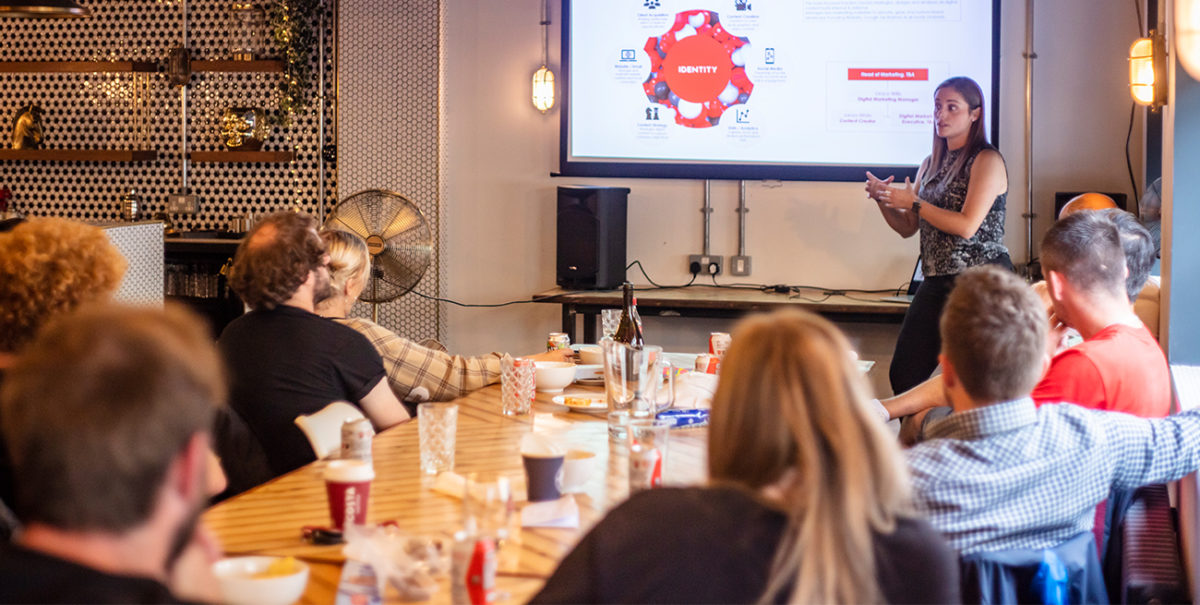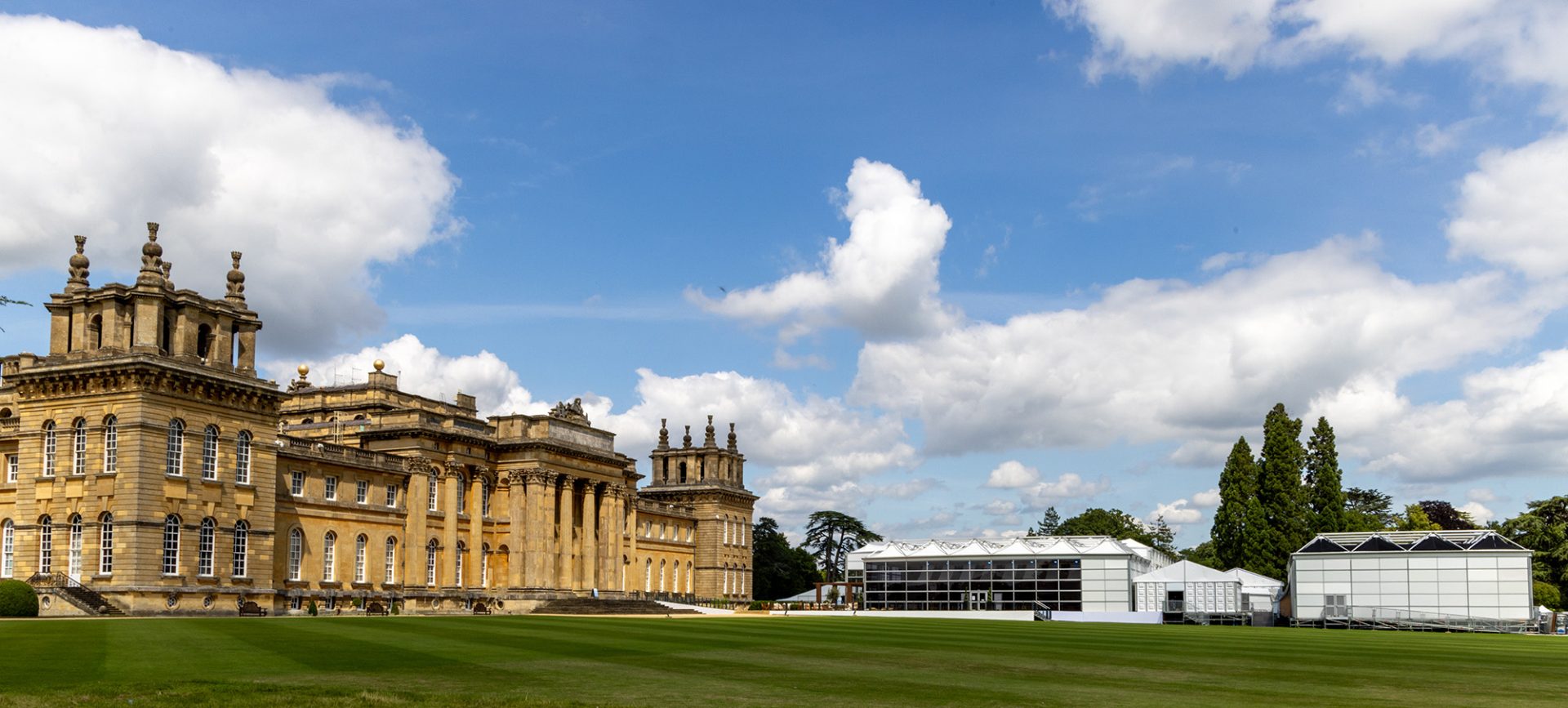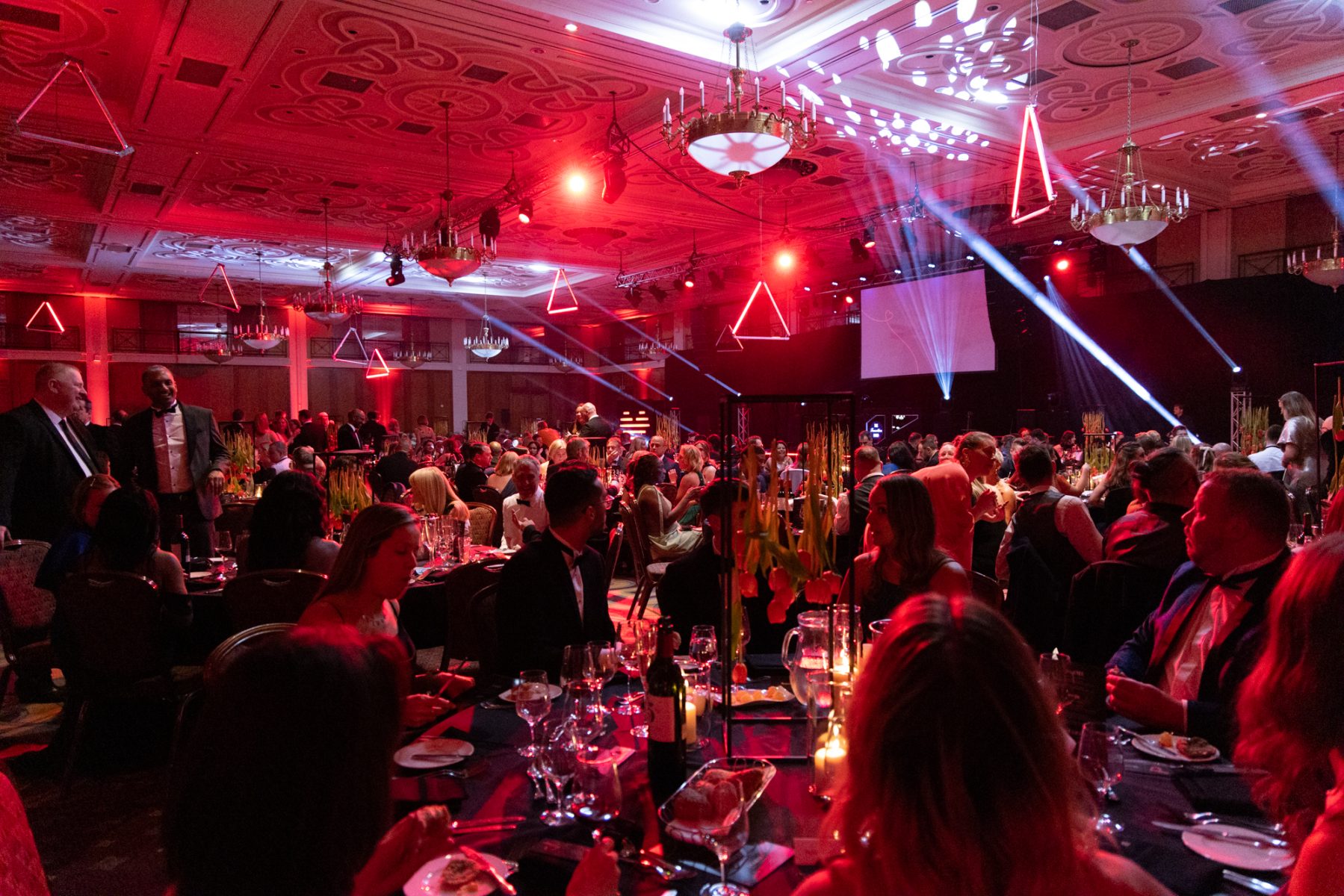The new A to B of project management

We’ve had two years of enforced virtual living and virtual events, and as we return to live events, one of the biggest trends Identity is seeing is a refocus on delivery. Yes, we all know how to do it and have done it in the past, but we haven’t done it in a while.
Just because we did things before Covid-19, doesn’t mean we should be doing it in the same way now. Maybe there are different and better ways of doing events? Clearly, the world has changed and so has the way people absorb information and react to it.
A brave new world
Things are becoming considerably more bespoke and personal. It’s all about building relationships and having the ‘quality versus quantity’ conversation. Do we need to have 100,000 people on a Zoom call? Or would we rather do something with 100 people in-person and make it more meaningful?
It’s also about embracing multi-channel content. Long gone are the days of just going to a conference, sitting in a theatre-style layout and looking at the big screen. We live in a vastly different world now. The pre-production phase, the event phase and the post-event phase all need to have a linear story that runs through them.
For example, for the Netflix film ‘Army of the Dead’, we created multiple channels of content. We took a massive cinematic piece and transitioned it into an event. It all started with a website and a registration interface, and a whole journey where you could spec out all your equipment, transferring it to the physical event. So you were in an immersive environment, but within that world, you still had a VR experience. Then, when you came out of that, you had generated content which became viral on social media.
So, instead of just creating an event, it became much more multi-channel – it’s the same piece of content, just used in multiple ways. It’s about asking: how can we repurpose things or extend the life of things and use it in multiple segments?
Due to this changing landscape and emerging new trends, as project managers, we must keep agile and fluid. But we also need to consider the three key pillars of delivery, strategy and audience, regardless of the size of the event.
All for one and one for all
As project managers, we need to make sure that the above trends are being stuck to. Whilst our role is very functional, logical and efficient, and we still have to move things from A to B, it’s now become more complex. Project management is about weaving all of those elements into the process, not only being able to work with the client team, but also within the agency across multiple departments.
Previously things may have sat in silos, but now the handoff process has become a woven narrative. Every event agency has a creative department and a project management arm – both are very different disciplines and have two different mindsets. Granted, the coming together of those is sometimes a challenge.
But at Identity, we have a fantastic working relationship with our creative team as we have actively made it the focal point. The creative team will sit in the project management weekly meetings, and the project management team will sit in the creative weekly meetings. We spend a lot of time together because the creative team is aware they need to push the boundaries, but at the same time, they need us to ensure they are pushing the boundaries within reality – and that the ideas are achievable and deliverable.
The collaboration that goes not just into the client experience, but also the internal agency experience, is absolutely key.
Sharing values
As I mentioned earlier the world is changing, and at the moment, everyone is finding their feet and reassessing what the future potentially looks like.
There’s a big desire from certain clients to go back to live, and some to stay virtual or at least hybrid. But at the same time, it’s important to balance those deliverables against what they’re actually trying to achieve.
You need a strong relationship and confidence to challenge the strategy and objectives that clients have in place. You need to understand their values and how to tap into this in order to engage on a deeper level. It’s going to be the deciding factor between an event being hugely successful or just ok.
I’m a firm believer in, ‘the creative can be changeable, but the people/agency can’t’. You either have a shared set of values or you don’t. If you do, everything else will simply fall into place.
That relationship is absolutely key to being honest and positively proactive when planning events.
Events: a simple approach
Focusing on our wider approach, whatever roadmap or blueprint we use – that’s the building block for an event to work properly. The complexity of an event needs to be broken down into simple, manageable pieces. Great ideas and great delivery don’t have to be hugely complex. If anything, sometimes, the simpler, the better.
Take something like COP26: it’s a mammoth project in terms of its physical scope and its scale in terms of the footprint, suppliers and partners. This event could’ve become extremely complicated, and that’s not to say it wasn’t complicated, but the project management and process of being able to lay down a plan for everyone to follow, is. You have the stakeholder piece to consider, the on-the-ground supplier delivery piece and the customer.
The important thing to remember is, a project manager’s job is to get to A to B in a fluid way, whilst also keeping it simple.






